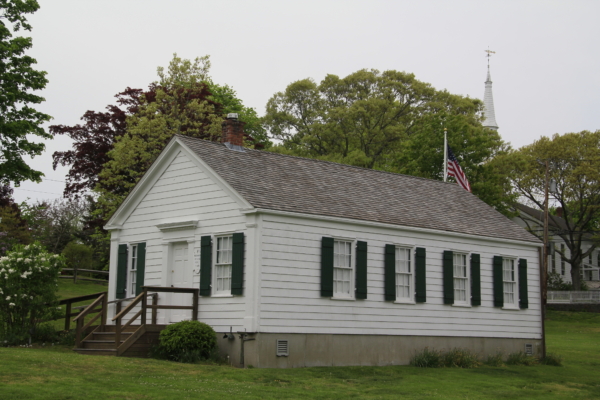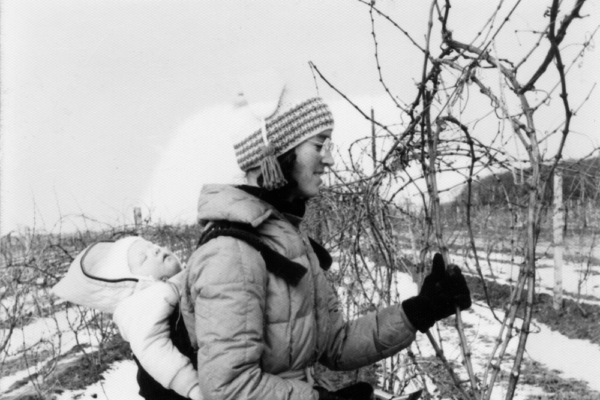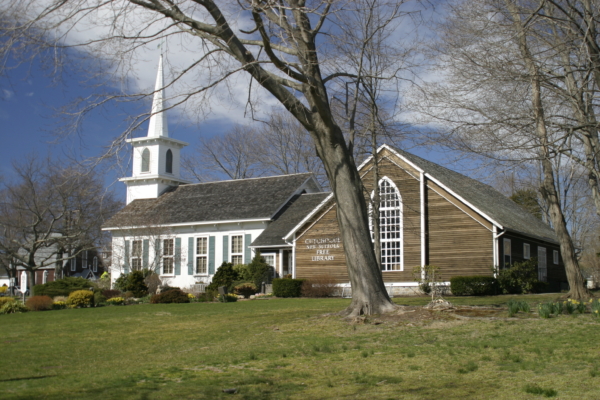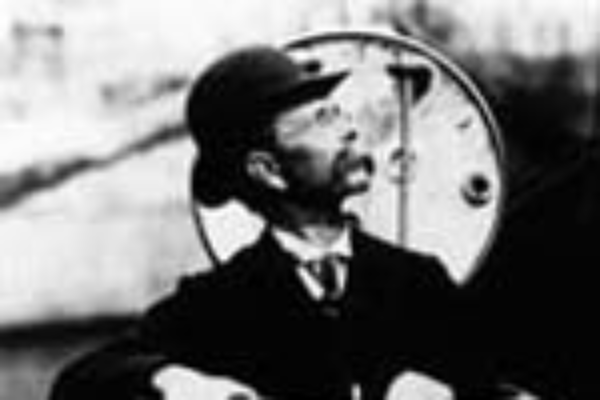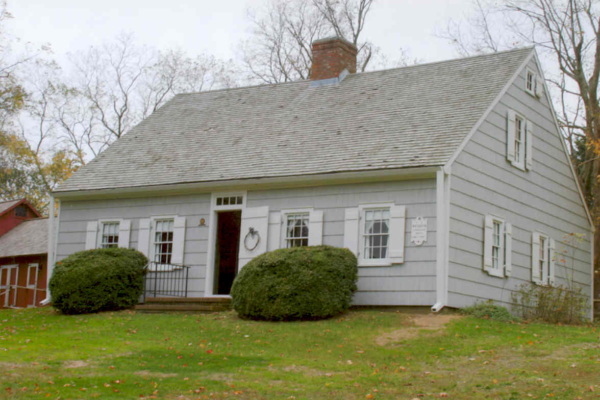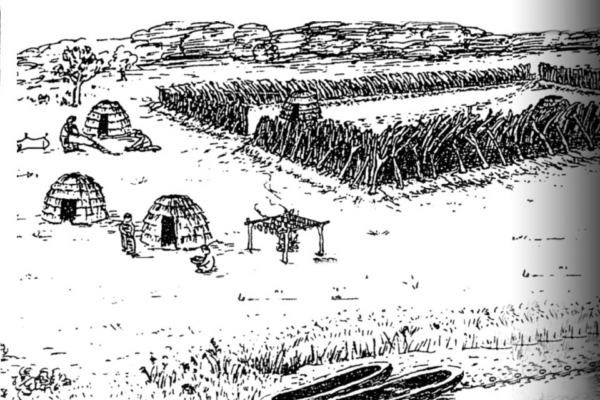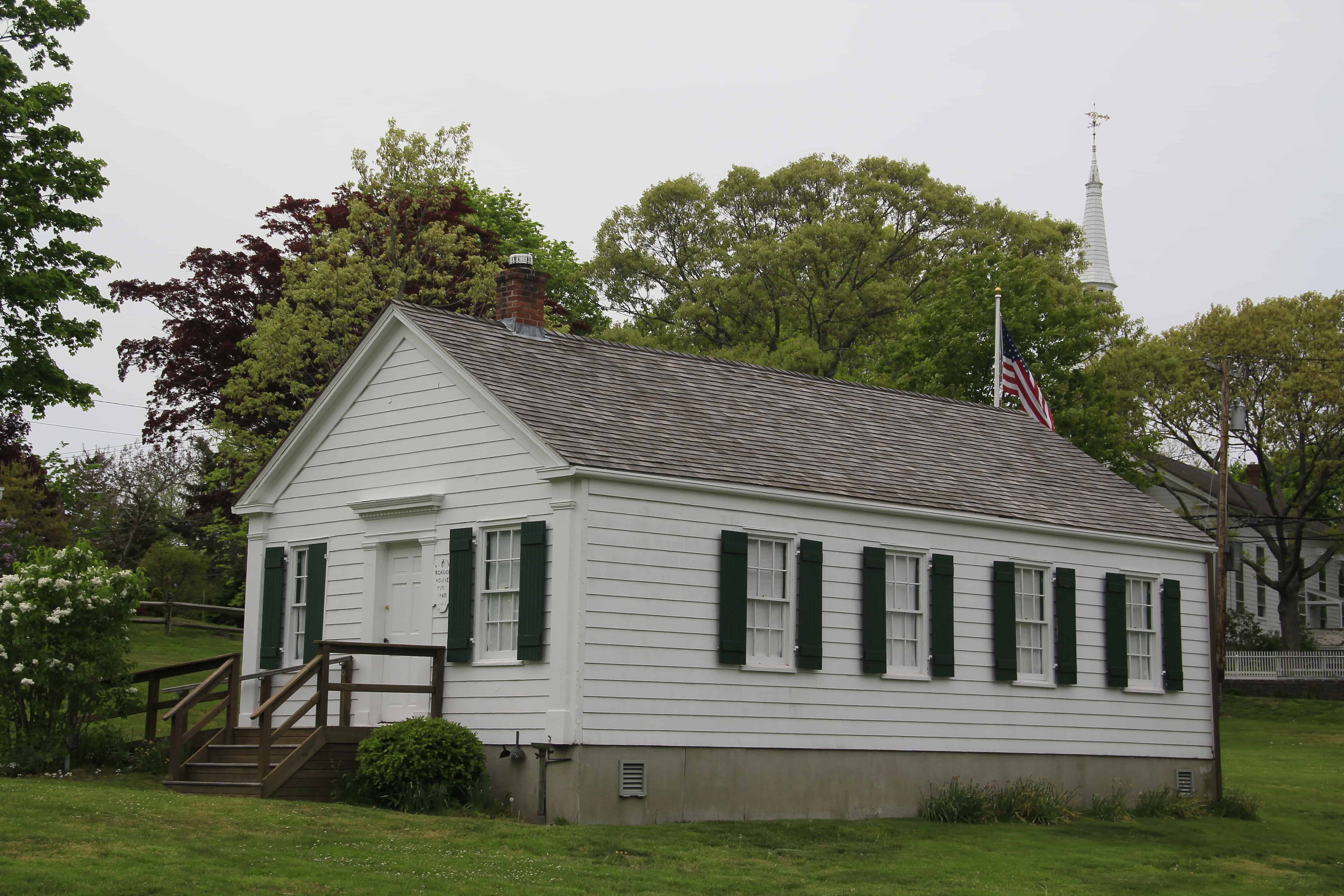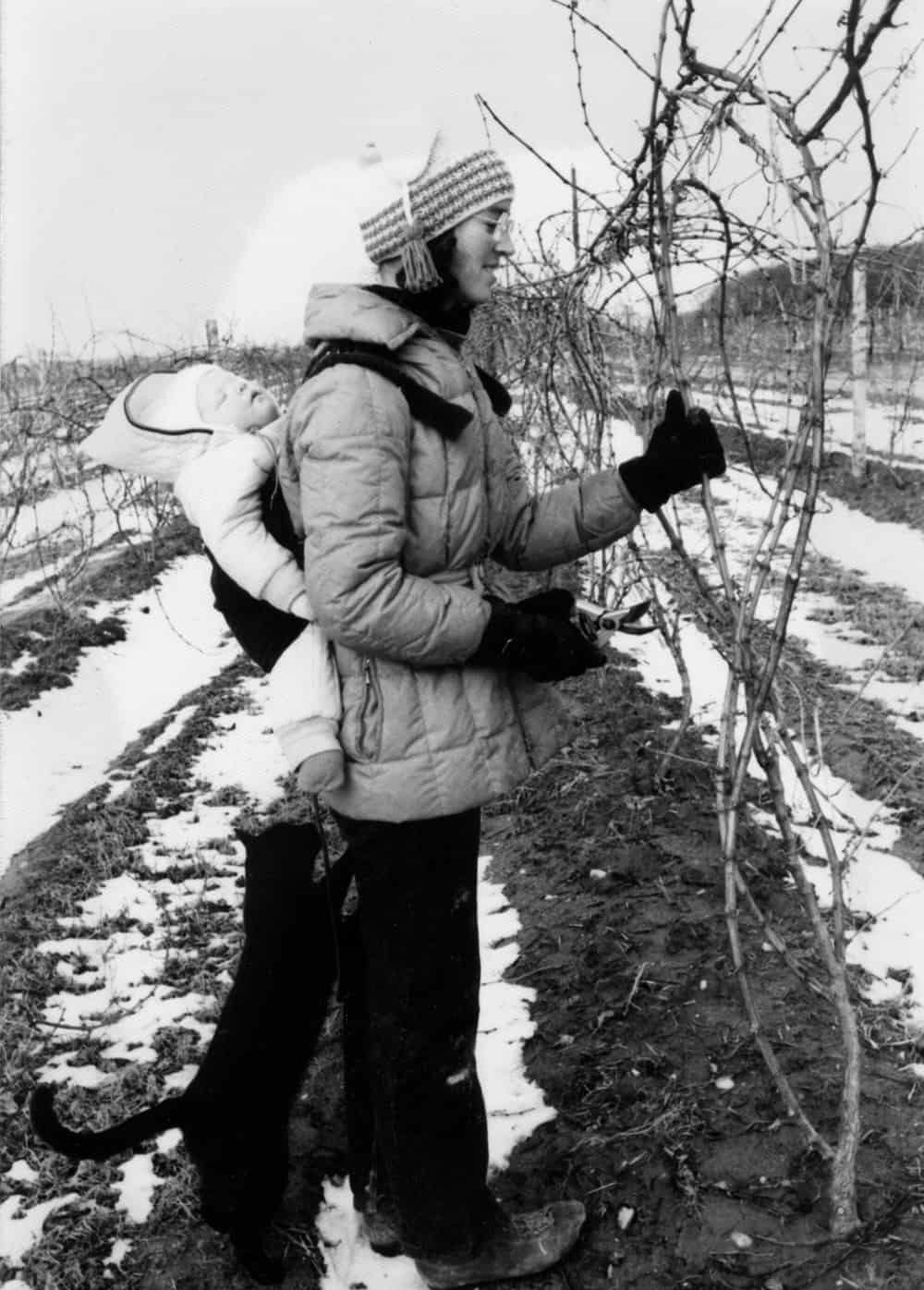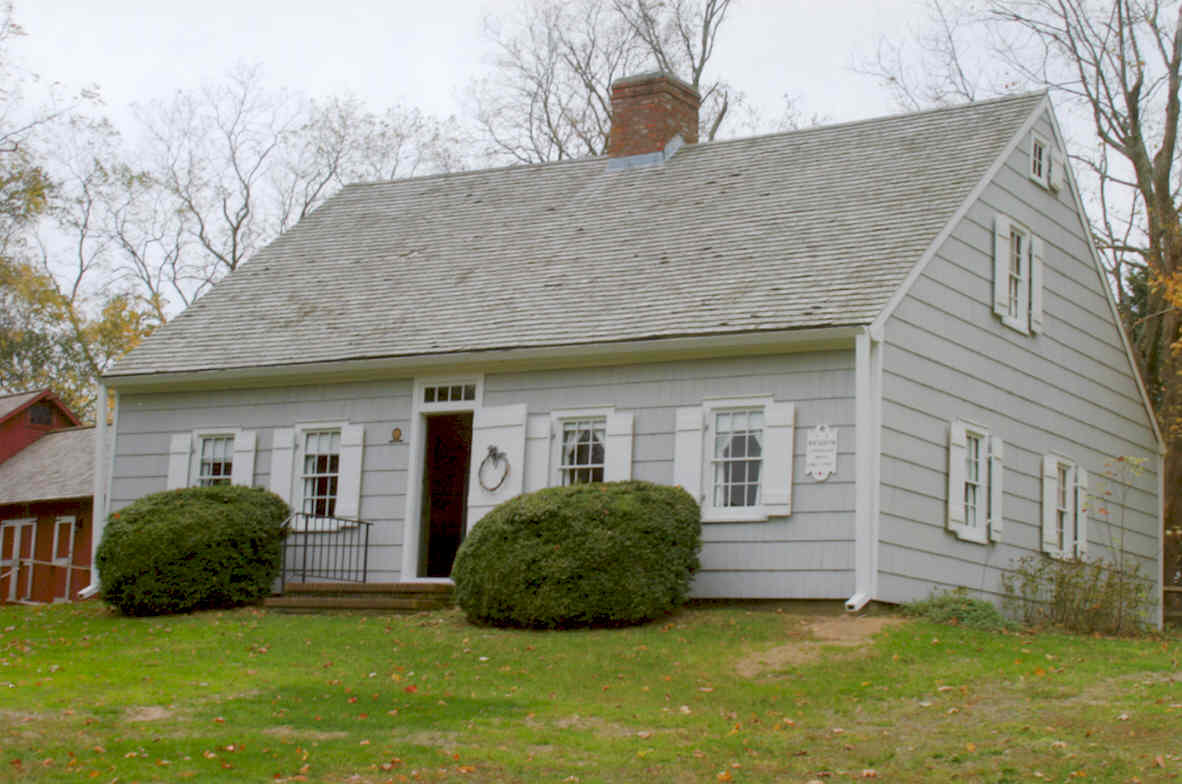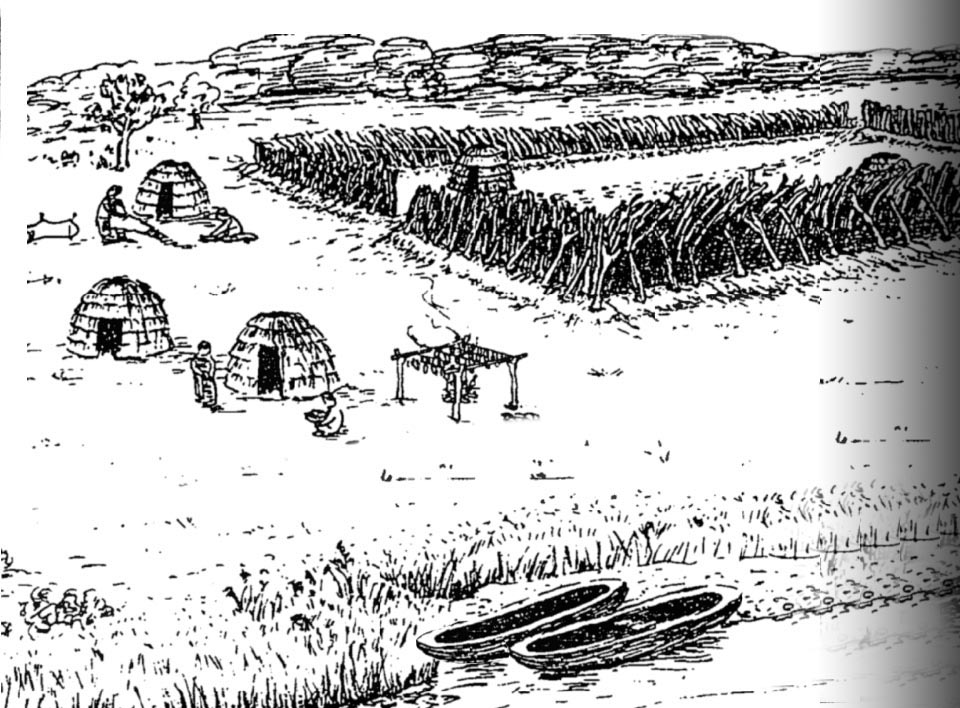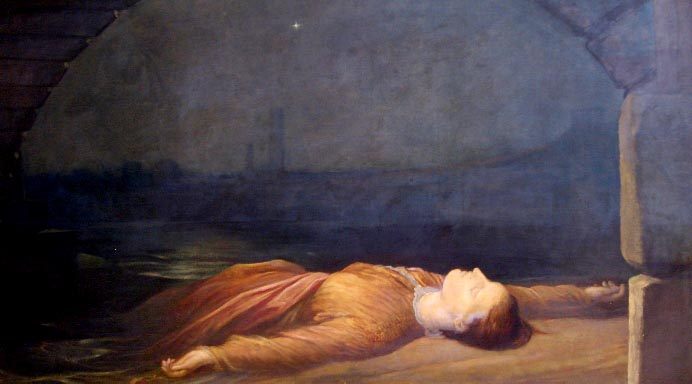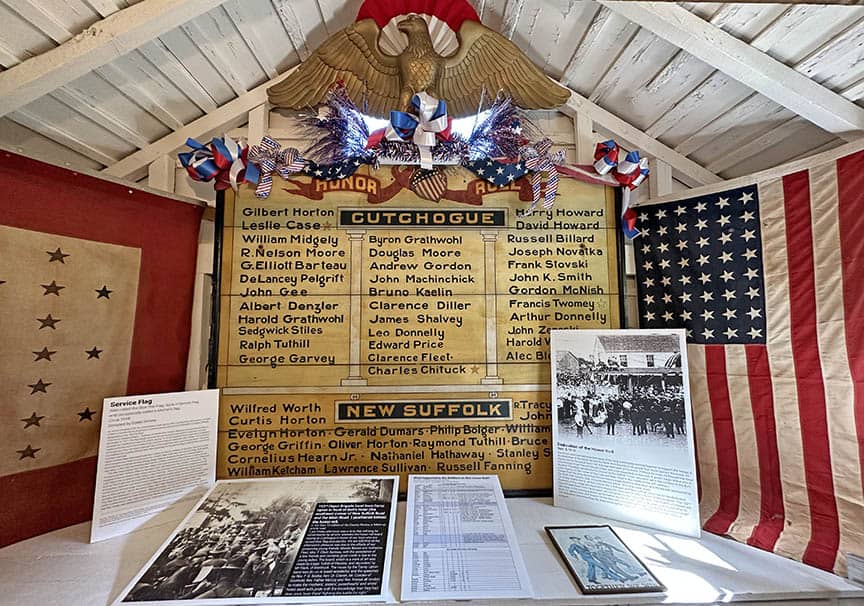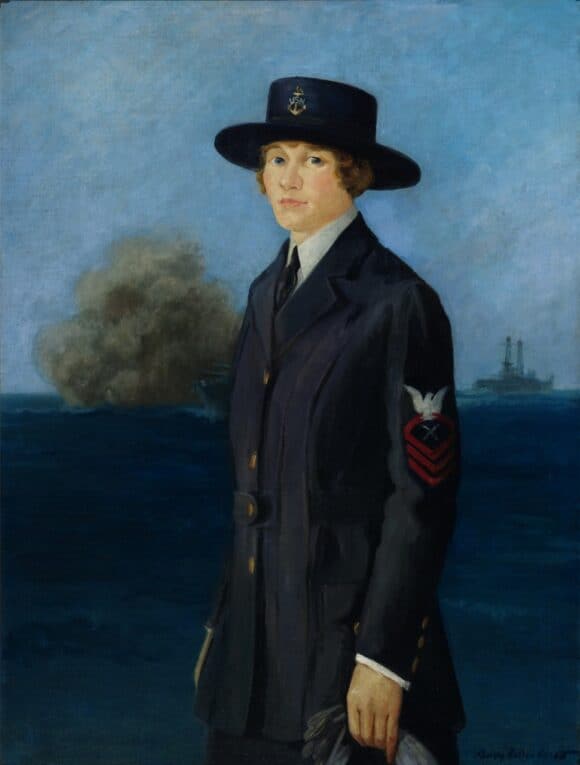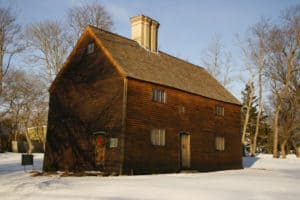For this installment we are straying a bit from our local history theme to talk about the history of an old music piece, a version of which was performed for us by the fireplace in the old house by Stephan Sanfillipo back in June 2023.
I first heard the song “The Two Sisters” or “The Wind and Rain” many years ago in the movie Songcatcher. The song was sadly haunting and deeply disturbing. The fact that it had been sung in many iterations, possibly since before 1656, made it seem even more so. The movie Songcatcher is a 2000 film about a musicologist researching and collecting Appalachian Folk music in the mountains of western North Carolina. Although Songcatcher is a fictional film, it is loosely based on the work of Olive Dame Campbell, founder of the John C. Campbell Folk School in Brasstown, North Carolina, and that of the English folk song collector Cecil Sharp. I purchased the film’s soundtrack and have since heard many other song versions. Its mournful creepiness and horror movie-like twist at the end both fascinated and vexed me.
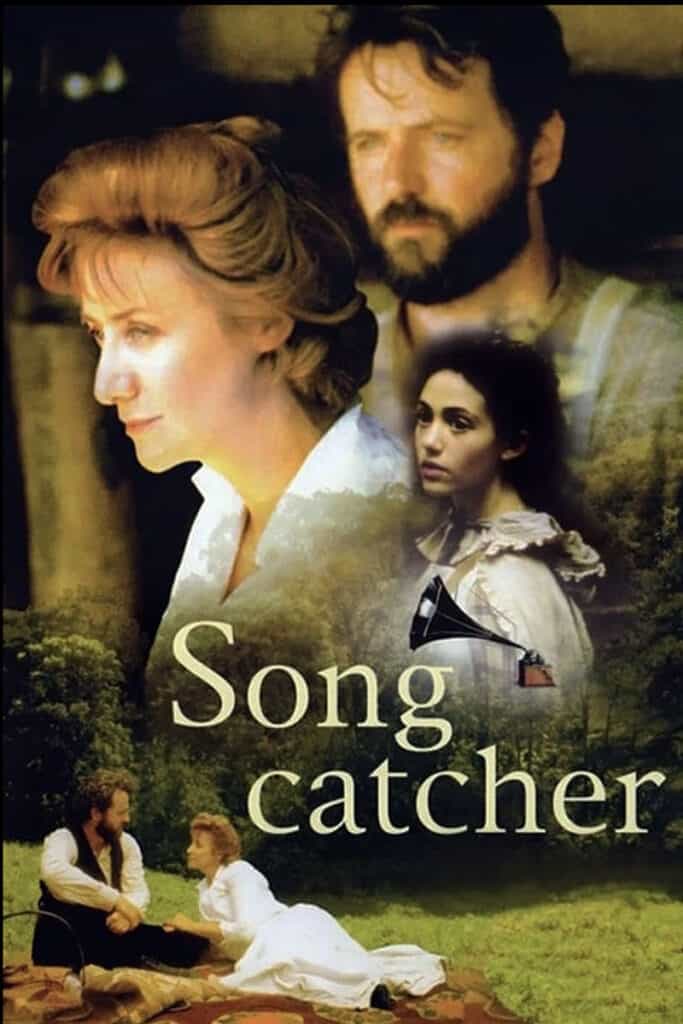
Imagine my surprise when I came upon our colonial balladeer Stephen Sanfilippo singing it at our 2022 Family History Day. It inspired me to delve into the fascinating history of the song and have Stephen reprise it in the Old House last June.
There are over 36 different known versions of the song, possibly many more, all with the same known commonalities. Why do all the variants exist? Over time, folk music and ballads like these became part of local oral tradition. “Humans invent songs and stories so they can be repeated,” music critic Dave Marsh writes in the anthology The Rose & the Briar: Death, Love and Liberty in the American Ballad. “Their endless variation should surprise us no more than the endless variation of each face we see.” The version Stephen is singing omits a few common themes, like one sister is dark and the other fair, and the motive of the murder is jealousy over a love interest. The constructed fiddle is played at the wedding of the dark sister’s marriage to the miller’s son, revealing her treachery. The song has also gone by many names. Including “Minnorie” or “Binnorie,” “The Cruel Sister,” “The Wind and Rain,” “Dreadful Wind and Rain,” “Two Sisters,” “The Bonny Swans,” “The Twa Sisters,” and the “Bonnie Bows of London.”
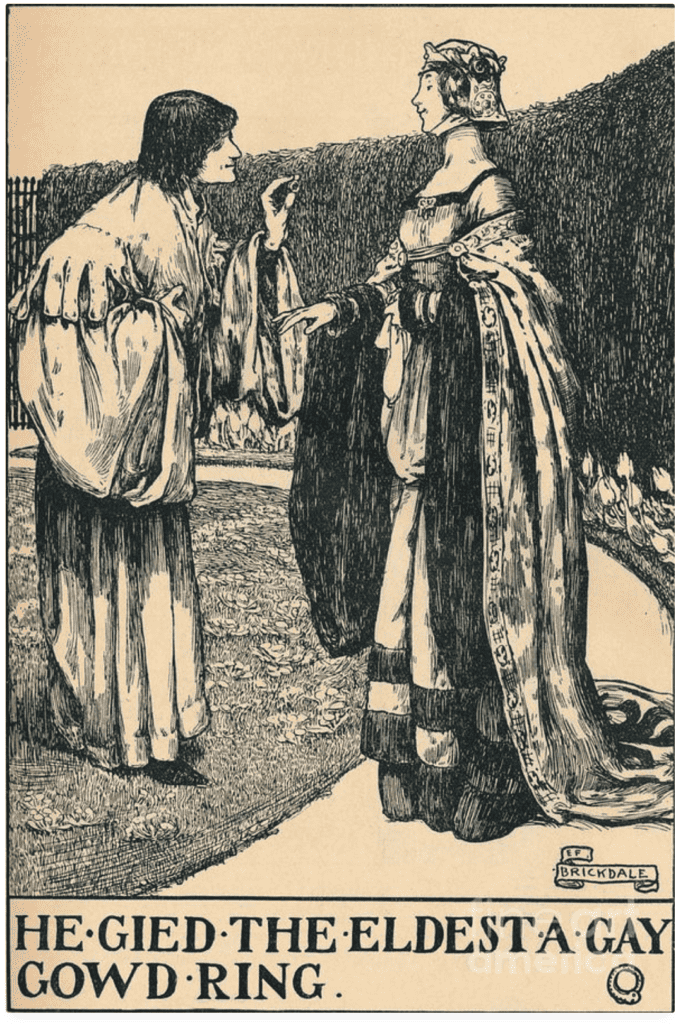
Most themes contain these common threads. Two sisters go down by a body of water, sometimes a river and sometimes the sea. The older one pushes, the younger one in and refuses to pull her out again; generally, the lyrics explicitly state her intent to drown her younger sister. Her motive, when included in the lyrics, is sexual jealousy – in some variants, a suitor is two-timing the sisters; in others, the elder sister’s affections are not encouraged by the young man. In most versions, the older sister is described as dark, while the younger sister is fair.
When the murdered girl’s body floats ashore, someone makes a musical instrument out of it, generally a harp or a fiddle, with a frame of bone and the girl’s “long yellow hair” (or “golden hair”) for strings. The instrument then plays itself and sings about the murder. In some versions, this occurs after the musician takes it to the family’s household, so the elder sister is publicly revealed (sometimes at her wedding to the murdered girl’s suitor) as the murderess.
Although some scholars think early versions of this song predate the Middle Ages, it is first known to have appeared on a broadside in 1656 as “The Miller and the King’s Daughter.” Several historical resources are available via the Vaughan Williams Memorial Library, such as a manuscript of the melody and lyrics of a Scottish version entitled “Binnorie” from 1830.
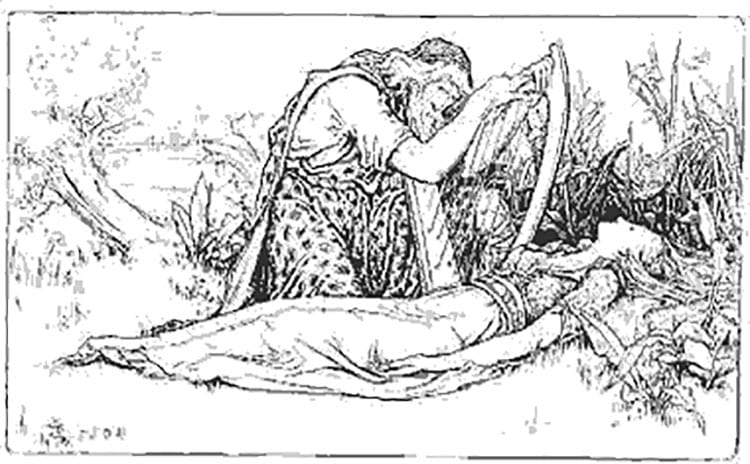
Cecil Sharp collected many versions of the ballad on both sides of the Atlantic, including one from Lucy Dunston of Bridgwater, Somerset, England, in 1909 and another from Jenny Combs of Berea, Kentucky, USA, in 1917.[6] Many authentic audio recordings have since been made (see Authentic Field Recordings).
Even many famous folk artists of our day have recorded versions of the song. Bob Dylan, Jerry Garcia, and the Irish group Clannad all have versions of the song, amongst many others. It even appears in the video game The Witcher.
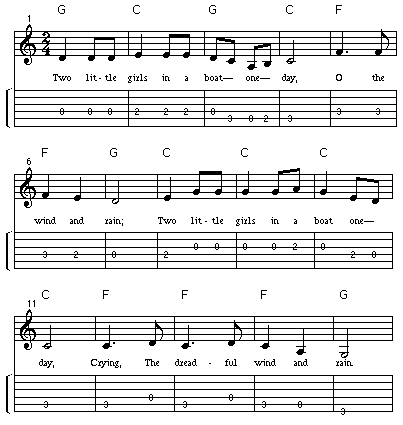
Enjoy Stephan’s version of the song, and I hope it haunts you in the same amazing way as it has haunted me.
